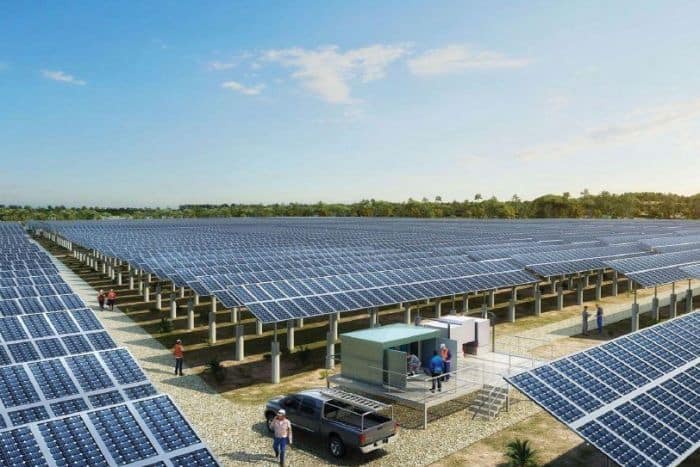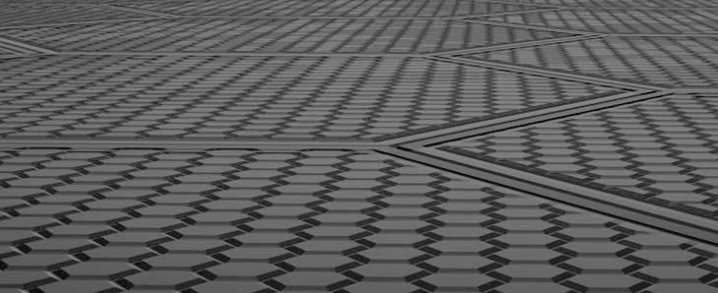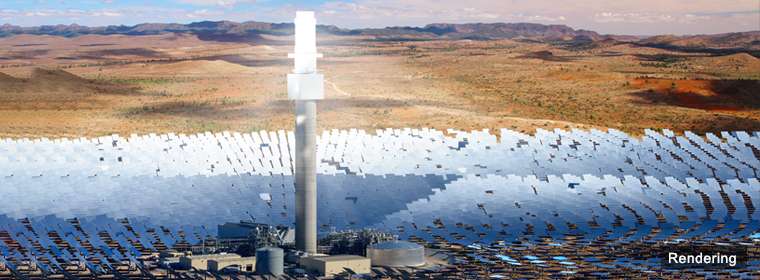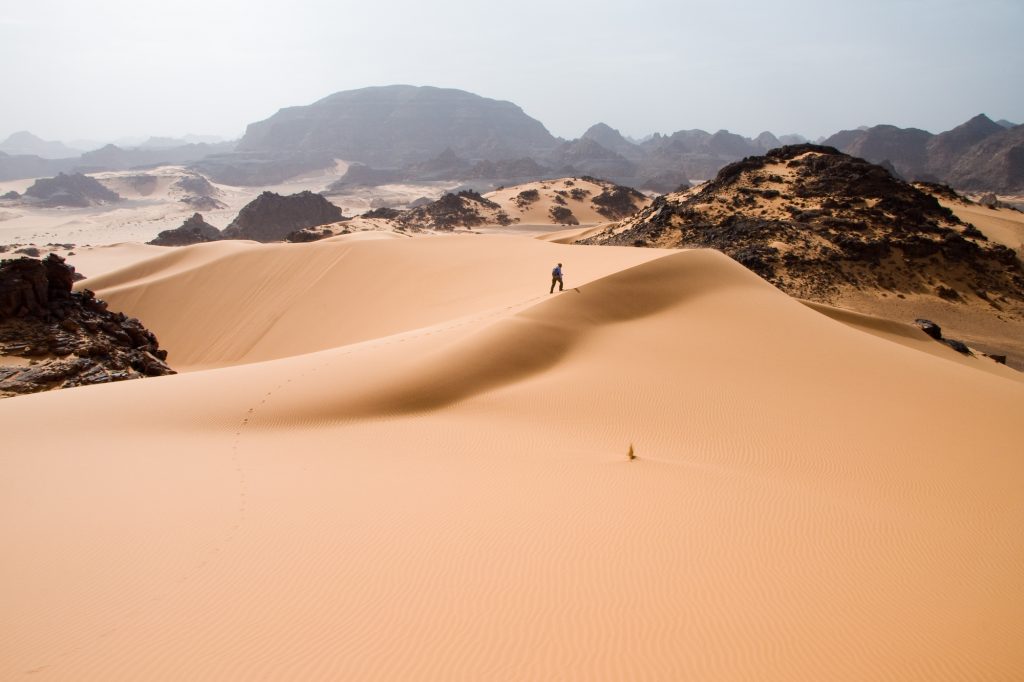The official launch of the Kiamal solar project was held in Victoria on Wednesday. The 265MW (DC) solar plant has plans to double its output by adding another 194MW in the future at some point.
Kiamal solar project
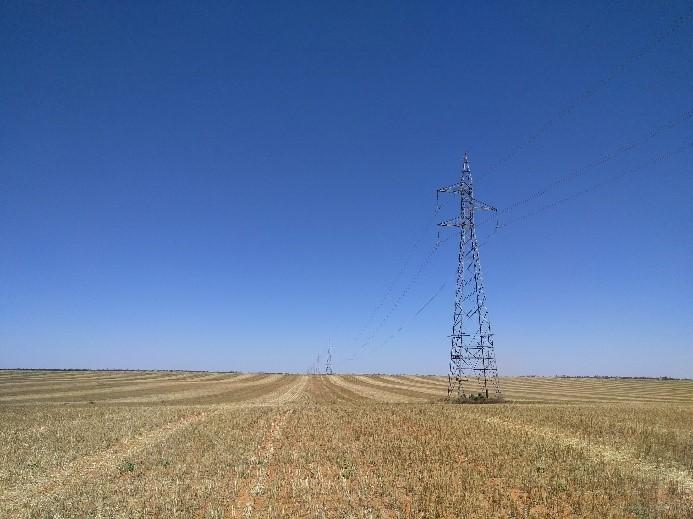
The Kiamal solar project is owned and being run by Total Eren (formerly two separate companies), a renewable energy company based in France whose $300m investment in the project has raised the ire of the Australian Energy Market Operator, who have implemented tough new conditioned for those wanting to install wind and solar in Victoria’s ‘full’ grid (click here to read a great article from the AFR about it). They commented that Total Eren had ‘misjudged’ the system strength requirements and said there could be an issue with adding a farm this size to the noth-west Victorian grid.
Luckily the team at Total Eren (or Total-Eren, depending on how French you are) have agreed to add an expensive ‘synchronous condenser’ to help stabilise the grid. AFR report that the cost is estimated to be in the ‘tens of millions of dollars’ so this is certainly quite the olive branch.
An official statement from the company noted that the company had acquiesced to AEMO’s requests “…in order to facilitate a timely connection … substantially strengthening the grid in the region and making it possible to connect even more renewables in north-west Victoria”.
The team are now looking into adding 380MWh of energy storage and 194MWh of solar in a second or third stage, as per executive vice-president Fabienne Demol.
NSW Energy Minister Don Harwin spoke at the Financial Review National Energy Summit and explained the situation a little further:
“There are plenty of people who want to advance new renewable energy generation options here in NSW, but transmission is a huge constraint and that is why we are ahead of the game, out there with our own strategy, carefully reviewing all the work AEMO has done in the ISP to make sure it works for NSW consumers ,but whatever we do we will be doing it in a way to make sure it doesn’t lead to upward pressure on prices because that is our critical focus and that is the assurance that we will give.”
Click here to learn more about the PPA Kiamal solar farm signed with Flow Power earlier this year.
They’ve also signed Alinta Energy and Mars Australia after losing Meridian Energy earlier this year due to construction delays. The Kiamal solar farm will be completed by the middle of 2019.

